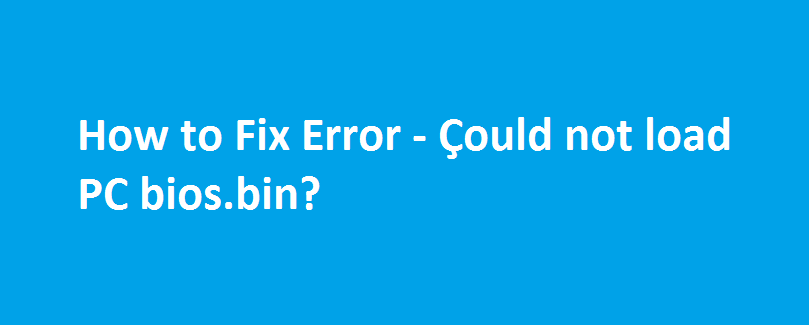

Supposing that devices plugged into a given Same physical port on the host may show up on different host busesĭepending on the speed. That means different USB devices plugged into the very Note that on the host USB 1.1 devices are handled by UHCI/OHCI and USBĢ.0 by EHCI. The next time you plug the device into the host it hostbus and hostaddr – most useful for ad-hoc pass through as the.Host, any device which is plugged in there gets passed to the hostbus and hostport – match for a specific physical port in the.The guest when it shows up somewhere in the host. vendorid and productid – match for a specific device, pass it to.Practice only a few combinations are useful: In theory you can combine all these properties as you like. The following properties: hostbus= Specifies the bus number the device must be attached to hostaddr= Specifies the device address the device got assigned by the guest os hostport= Specifies the physical port the device is attached to vendorid= Specifies the vendor ID of the device productid= Specifies the product ID of the device. Specify which host device to pass through, but this is not The example above uses the vendorid and productid to Usb-host properties for specifying the host device ¶
#Qemu system x86 Pc
Qemu-system-x86_64 -M pc $ Universal Second Factor device canokey An Open-source Secure Key implementing FIDO2, OpenPGP, PIV and more. When adding USB devices using the -device switch you can specify theīus they should be attached to.

The controller so the USB 2.0 bus gets an individual name, for example It is strongly recommended to specify an ID for You can use the standard -device switch to add a EHCI controller to The USB 1.1 bus will carry the name usb-bus.0. QEMU will create the UHCI controller as function of The easiest way to add a UHCI controller to a pc machine is the Each controller creates its ownīus though, so there are two completely separate USB buses: One USBġ.1 bus driven by the UHCI controller and one USB 2.0 bus driven by When running EHCI in standalone mode you can add UHCI or OHCIĬontrollers for USB 1.1 devices too. The companion controller setup is more convenient to useīecause it provides a single USB bus supporting both USB 2.0 and USBġ.1 devices. Standalone or with companion controllers (UHCI, OHCI) for USB 1.1ĭevices. The QEMU EHCI Adapter supports USB 2.0 devices. System Emulation Guest Hardware Specifications.System Emulation Management and Interoperability.Managing device boot order with bootindex properties.Keys in the character backend multiplexer.


 0 kommentar(er)
0 kommentar(er)
